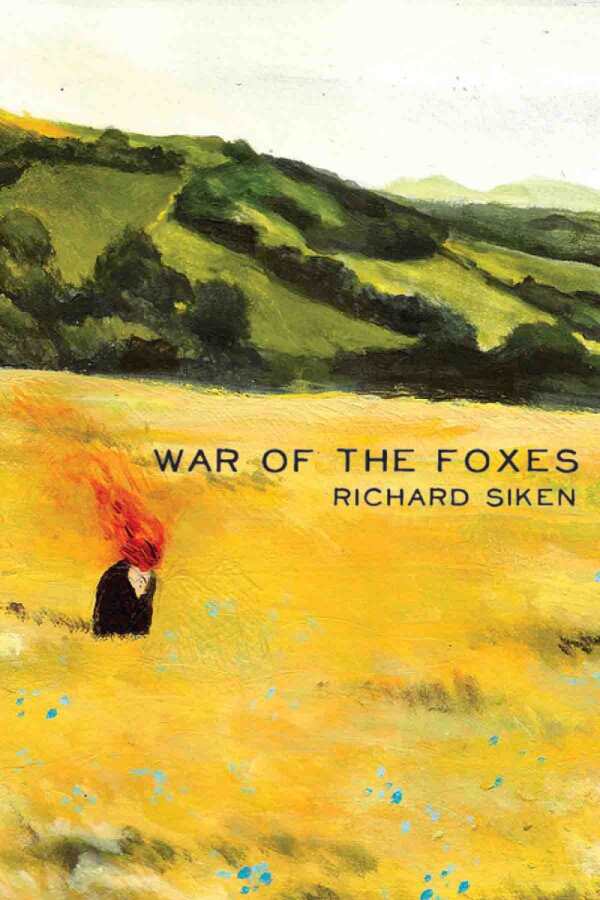War of the Foxes
A poet for whom face value represents life at its most treacherous, Richard Siken’s 2004 first collection, Crush, was a finalist for the National Book Critics Circle Award and won the Thomas Gunn Award and a Lambda Literary Award.
Raphael, Saint George and the Dragon, 1504–6
It’s hard to talk about what you believe while you are
believing it. Fervor reduces thought to shorthand and
all we get is an icon. Give a man a weapon and you
have a warrior. Put him on a horse and you have
a hero. The weapon is a tool. The horse is a metaphor.
Raphael painted this twice—white horse facing east
against the greens, white horse facing west against the
yellows. The maiden flees or prays, depending. A basic
dragon, the kind you’d expect from the Renaissance.
Evidence of evil but not proof. There’s a companion
piece as well: Saint Michael. Paint angels, it’s easier:
you don’t need the horse. Michael stands on Satan’s
throat, vanquishing, while everything brown burns red.
All these things happened. Allegedly. When you paint
an evil thing, do you invoke it or take away its power?
This has nothing to do with faith but is still a good
question. Raphael was trying to say something about
spirituality. This could be the definition of painting.
The best part of spirituality is reverence. There are other
parts. Some people like to hear the sound of their own
voice. If you don’t believe in the world it would be
stupid to paint it. If you don’t believe in God, then who
are you talking to?
Reviewed by
Matt Sutherland
Disclosure: This article is not an endorsement, but a review. The publisher of this book provided free copies of the book to have their book reviewed by a professional reviewer. No fee was paid by the publisher for this review. Foreword Reviews only recommends books that we love. Foreword Magazine, Inc. is disclosing this in accordance with the Federal Trade Commission’s 16 CFR, Part 255.

